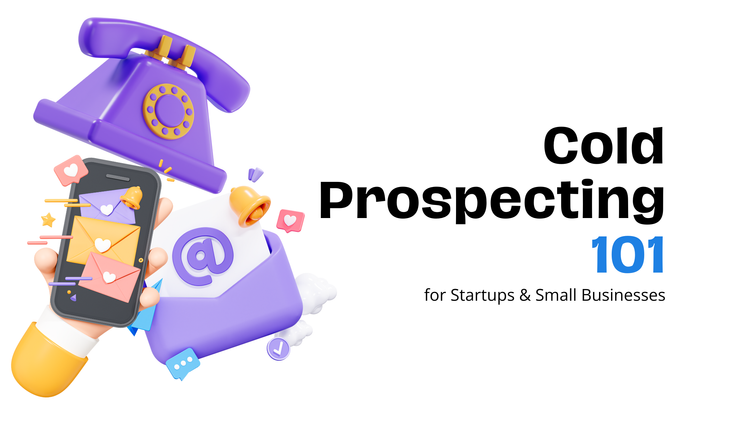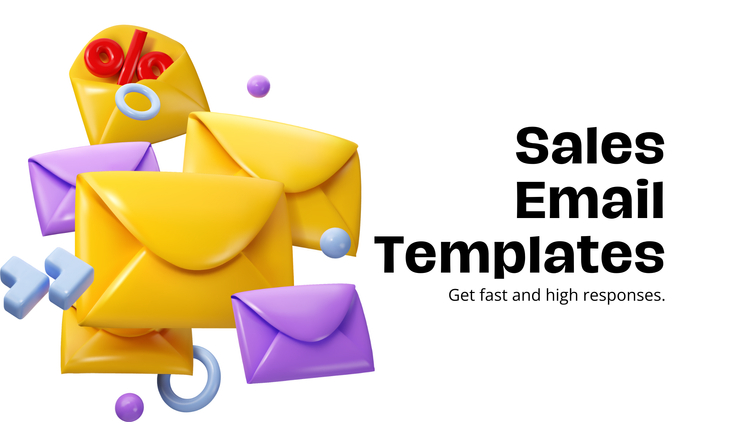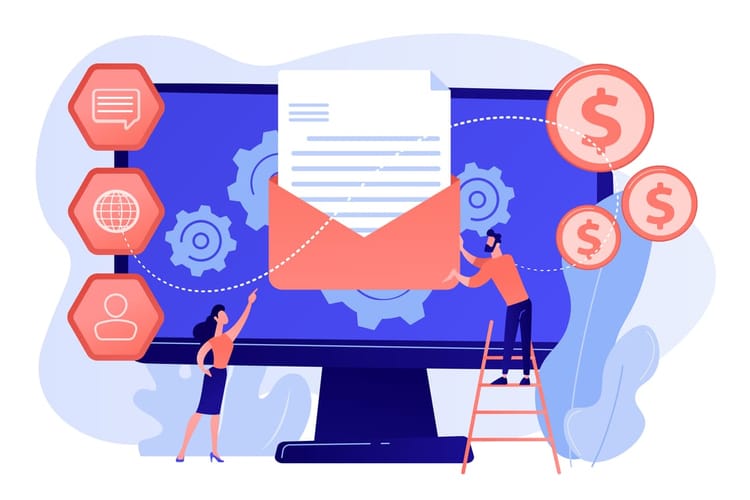The Pros and Cons of B2B Cold Calling

In 2021, face-to-face selling isn’t as important as it used to be for B2B (business to business) companies. After the start of COVID-19, digital channels became twice as important as traditional sales interactions — and that’s when B2B cold calling made a resurgence.
When you think of cold calling, you probably think of those pesky salespeople trying to fool you into buying something you don’t need. That, in fact, is B2C cold calling, which is much less effective. That’s because B2C cold calling tries to make sales by getting an emotional response, rather than trying to solve your problem.
B2B cold calling is based on rationale — you already know their business and industry. You’re creating a personalized pitch before you even call them, and when they pick up the phone, you’re ready to listen to their problems. You can briefly explain how you have a great solution, and finally ask if you can schedule a time to dive deeper.
57% of sales professionals are making more phone calls, according to the LinkedIn State of Sales Report. And in general, 39% of them plan to include more cold outreach.
But how does B2B cold calling stack up against cold emailing? Considering 81% of B2B consumers prefer email over phone calls, face-to-face meetings, live chat, online contact forms, and even social media, cold emailing still reigns supreme.
However, both methods can be complementary. Cold calling is a great way to reach decision-makers of a company when cold emails aren’t reaching people with the authority to make purchases.
Here are the pros of B2B cold calling:
Pros of B2B Cold Calling
1. You can get a faster response
When a prospect answers a cold email, you could go back and forth asking and answering questions for days, or even weeks. When a prospect answers a cold call, you can explain all the information to them in a few minutes. Plus, you can push harder on the call to schedule a meeting later. All in all, this approach allows you to streamline your business communication strategy and close deals faster.
2. You can master your sales pitch
Compared to an email template that is sent out to your entire email list, phone calls are made on an individual basis. This means you can see how your pitch needs to be tweaked after the very first call. Over time, this helps refine your overall sales process management by identifying what messaging and timing work best across different segments. After seeing what works and what doesn’t after several calls, you’ll eventually have a dialed-in pitch.
3. You can make a human connection
It’s difficult to imagine the person on the other end of an email. But when you can hear their voice, it’s much easier to make a human connection. Once you’ve had your prospect on the line for a few minutes, they’re less likely to say no.
4. You can address other needs
By having a real conversation with your prospects, you might discover that the service or product you’re pitching doesn’t match their needs. But you might also discover that you can help them in another way.
5. You can learn more about your prospects
By getting to know your potential customers on a more personal level over the phone, you can learn more about their pain points. This might give you greater insight into the ways you can change or add to your existing products or services.
But no method of cold outreach is perfect. Every sales system has its flaws, and your cold calling strategies are no different.
Cons of B2B Cold Calling
1. They can be annoying or frustrating for the customer
All of us can relate to being annoyed by sales calls. Maybe you caught them at home or when they were busy at work. Prospects might be forever turned off by your brand even if you have the best offer out there.
2. They can be emotionally deflating
Even with a successful cold calling campaign, you’re getting rejected most of the time. This can have a negative impact on your overall well-being and might make you feel discouraged.
3. They are time-consuming
Unlike cold emailing, you can’t just send out highly-personalized messages in one click. You have to dial that new number for each and every phone call. Furthermore, you might be talking for 10 minutes with one prospect and not even make the sale, or schedule a meeting for later.
4. Difficult to scale without hiring more people
If you want to increase your cold calling efforts because you’re finding success, you will want to hire more people. It isn’t easy to find quality salespeople for professionals on a budget.
5. Your reputation can take a hit
Once you frustrate a prospect, they might tell their whole organization, or even friends, about their bad phone experience. You could lose the respect of that company and even people outside of it in your industry.
The Alternative to Cold Calling
A less time-consuming but still effective method of cold outreach is cold emailing. Cold emails can reach your prospects, but they can often be automated. Even hand-crafted cold emails are more efficient, and often less emotionally deflating, than cold calling.
The main difference between the two forms of outreach is the medium they are transacted on. An email sits in the recipient’s inbox until they are ready to open it, while a cold call must be answered at that exact moment. For busy professionals, their email inbox is a great way to catch them right after a meeting, or even late at night when they are catching up on tasks.
The average person can only dial so many phone numbers in a day. You can’t go back and figure out what you said to each prospect, and how the call ended. With cold emails, you can A/B test the copy and then scale your successful digital sales tactics.
Unlike cold calling, emails are persistent, scalable and wait for the recipient. With the benefits of cold emailing in mind, let’s return to your cold caller sales strategy.
Is B2B Cold Calling Right For You?
Like any sales campaign, you’ll have to come up with a strategy and approach that doesn’t waste your or your prospects’ time. Research your audience beforehand so you can create a pitch that addresses their pain points and solves them.
Remember that cold calls shouldn’t be a replacement for B2B cold emailing. For reference, cold emailing is less disruptive, easier to scale and measure, faster, and more affordable.
Craig McGraw, the National Sales Director at Trans American Trucking said in a Forbes article that, “The key is to recognize that cold calling is just one tactic in your sales kit. The most effective strategy is generally to use an integrated approach, which includes phone calls, emails, and social media.”
If you’re looking to gather potential customer contact information today, check out our email finder tool. We’re trusted by millions of professionals to find verified B2B email addresses. Our Web extension also integrates with your LinkedIn Sales Navigator and provides leads in less than a second.





